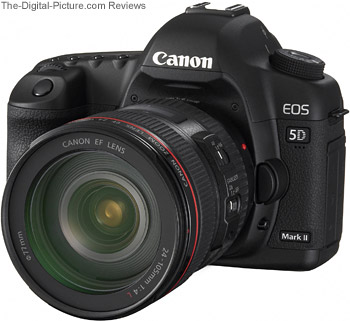My girlfriend and I have been looking for a new apartment for next year, which is never an easy process. We don't do this often, so we're learning as we go. However, to help other apartment hunters in the future, I thought I'd put together a quick blog post that summarizes some of the tools and techniques we've been using to make our lives a little easier. If you've got suggestions/tips of your own to add, post them in the comments!
CraigslistThis one should not be a secret to anyone. If you're looking for an apartment, house, sublet, condo, roomates, or furniture,
craigslist should be your first step. Nothing else quite compares in terms of traffic.
PadmapperCraigslist UI not quite doing it for you? Me neither. Padmapper overlays craiglist listings - as well as a few other apartment sites - on top of a Google Map, so you have a nice, visual interface to help you find your next home. There are also some nice filters (price, # bedrooms, photos, etc), visual indications of which posts you've already clicked on, and even support for email alerts that match your selected view & filters. This has been my go-to site for apartment hunting.
HotpadsVery similar to padmapper, although the listings seem to come from other sites. Key differentiator is the ability to overlay more than just apartments on the map, including "heatmaps" for population density and rent ratio as well as the locations of schools and public transportation. In my limited experience with hotpads, it seems to be used by rental agencies far more than private landlords.
MyApartmentMapVery similar to the above two sites, although the map view seems crappier ("you have too many properties in view, please zoom in") and occasionally flat out broken.
University postingsIf you are near a college campus, check with the local housing office to see if there is a bulletin board for the university. Stanford, for example, has
SUPost which includes a
housing section.
Email templateIf you use the sites listed above, you'll likely end up sending a lot of emails. Here are a few simple pieces of advice to keep things organized:
- Put the posting title into the subject. For example, if you find an apartment on craigslist that has the title "2br/1ba in downtown Palo Alto", make that the subject of the email. When a new posting comes up in the future, you can just scan the subject lines of your sent mail folder to see if you've contacted this place before.
- Include a link to the original posting in the email body. For example, write "I saw your post on craigslist (http://sfbay.craiglist.org/foo/bar/12345) and was interested". This way, when the owner replies - possibly days later - you'll be able to reference the original post to help you remember what apartment you're discussing.
- Keep it short and sweet. This applies to pretty much all emails.
ChecklistI'm a bit
obsessed with lists, but this one really matters: bring with you a checklist of all the features/information you want the apartment to have. If you're seeing multiple apartments, or simply forgetful like I am, you are likely to miss some crucial piece of data. What's the security deposit? Is there parking? Where do I do laundry? Bring a checklist with you and don't leave the place until you have everything filled out. There are
many sample lists online, so do a google search and pick the one that best suits your needs.
Bring your camera I'm also a bit obsessed with taking
lots of pictures, but bringing your camera when seeing apartments is truly worthwhile. After you see 3 or 4 apartments in a few days, they'll all start to blend together. Having some photographic or even video evidence is your best bet for knowing what's what a few days later.
Credit report, application at the readyIf you're in a competitive market, every second counts. Many applications require you to include a credit report, so having yours printed & ready can save you some time. You can get your credit report for free, once per year, from
https://www.annualcreditreport.com. If you really want to move things quickly, you can even fill out a "standard" application beforehand and hand it to the owner as soon as you find a place you like. The "standard" differs per state, so you'll have to do some research. In California, for example, many places use the
California Apartment Association Application to Rent. Remember, one application per tenant.

























































